Physical Address
304 North Cardinal St.
Dorchester Center, MA 02124
Physical Address
304 North Cardinal St.
Dorchester Center, MA 02124
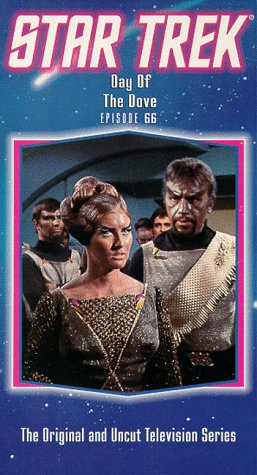
“Day of the Dove” is one of the most memorable episodes from Star Trek: The Original Series, featured in Season 3. This thought-provoking episode stands out not only for its engaging storyline but also for the dynamic performances by its cast, including guest star Susan Howard. Exploring themes of conflict, understanding, and manipulation, “Day of the Dove” captures the spirit of Star Trek’s exploration of humanity. This article delves into the episode’s details, its place in Season 3, its cast and characters, connections to other standout episodes such as “Let That Be Your Last Battlefield,” “Wink of an Eye,” and “For the World Is Hollow and I Have Touched the Sky.”
Star Trek: Day of the Dove is a memorable episode from the original series that explores the destructive nature of hatred and violence. The story begins when the Enterprise responds to a distress call from a human colony, only to find it deserted. Soon, Captain Kirk and his crew encounter Klingons led by Commander Kang, and tensions quickly escalate. However, the real antagonist is a mysterious alien entity that feeds on conflict, manipulating both crews into a brutal, endless battle aboard the ship.
What makes this episode stand out is its strong pacifist message. It vividly shows how hatred can spiral out of control, trapping everyone in a cycle of violence with no end in sight. The alien’s power to amplify aggression forces Kirk and the Klingons to confront their own prejudices and ultimately find a way to stop fighting. Despite some hokey moments and a clunky ending, the episode is praised for its portrayal of Klingon culture and its critique of war, making it a classic that resonates with Star Trek fans.
Overall, Day of the Dove is a powerful allegory about the futility of war and the importance of peace, wrapped in the thrilling conflict between two iconic Star Trek factions.
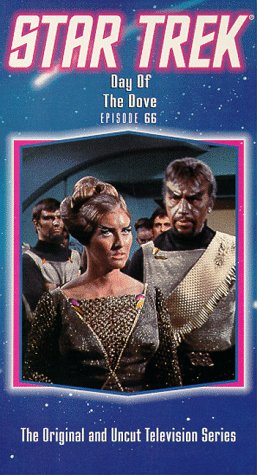
“Day of the Dove,” from Star Trek: The Original Series Season 3, is a memorable episode that explores the destructive nature of hatred and violence. The story begins with the Enterprise responding to a distress call from a Federation colony, only to find no inhabitants. Soon, Klingons led by Commander Kang arrive, accusing the Enterprise crew of attacking them. Tensions escalate quickly, and both crews end up as prisoners aboard the Enterprise.
The twist comes with the arrival of a mysterious energy being that feeds on hostility, intensifying the conflict between the Federation and Klingons. This entity manipulates the crew, causing weapons to materialize and tempers to flare, pushing them into brutal combat. The episode uses this setup to deliver a strong anti-war message, highlighting how hatred fuels endless cycles of violence.
Michael Ansara’s portrayal of Kang stands out, bringing depth to the Klingon commander as both a fierce warrior and a strategic mind. The episode combines action, sword fights, and a thoughtful message about overcoming prejudice and choosing peace, making it a classic example of Star Trek’s idealism in its third season.
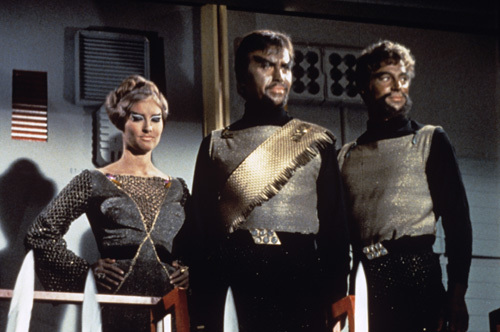
The cast of Star Trek: Day of the Dove features the classic and beloved crew of the USS Enterprise, led by William Shatner as Captain James T. Kirk, Leonard Nimoy as Mr. Spock, and DeForest Kelley as Dr. Leonard McCoy. This episode also introduces Michael Ansara as Kang, a memorable Klingon commander who brings a strong presence as both a fierce warrior and a strategic leader. Susan Howard plays Mara, Kang’s wife and a scientific officer, adding depth to the Klingon side of the story. The supporting cast includes James Doohan as Scotty, Walter Koenig as Chekov, George Takei as Sulu, and Nichelle Nichols as Uhura, all reprising their iconic roles. The episode’s tension revolves around the conflict between the Federation crew and the Klingons, manipulated by an alien entity feeding on their hostility. The cast’s performances, especially Ansara’s Kang, are often praised for bringing complexity to the Klingons, making this episode a standout in the original series.
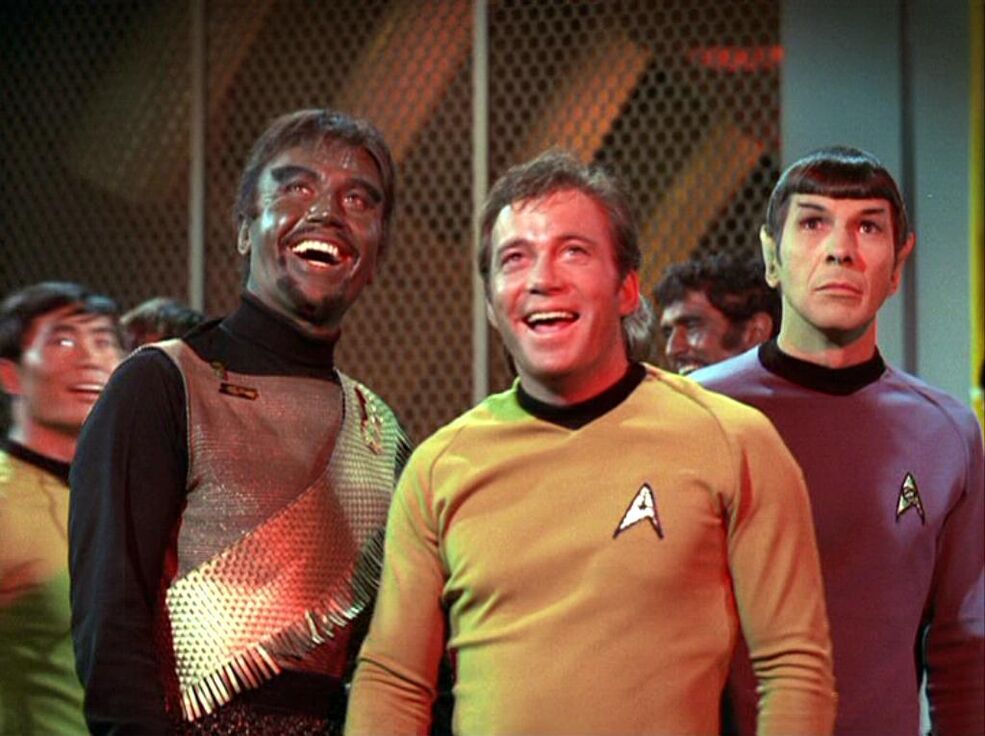
“Day of the Dove” is a memorable episode from the original Star Trek series that explores the destructive nature of hatred and war. The story begins with the Enterprise responding to a distress call from a Federation colony, only to find it mysteriously deserted. Soon, a Klingon crew led by Commander Kang arrives, accusing the Enterprise of attacking their ship. Tensions quickly escalate, but the real antagonist is a powerful alien entity that feeds on conflict and hostility, manipulating both crews into violent combat. This energy being traps the crews on the ship, forcing them into a brutal, never-ending battle fueled by anger and fear.
What makes this episode stand out is its strong anti-war message and the portrayal of Klingons as honorable warriors, especially through Kang’s character, who blends fierceness with wisdom. The episode highlights how hatred can be exploited to perpetuate violence, and it ends with the crews realizing that only by rejecting anger and embracing reason can they defeat the alien force. Though some parts feel a bit slow or clunky, “Day of the Dove” remains a powerful allegory about the futility of conflict and the hope for peace.
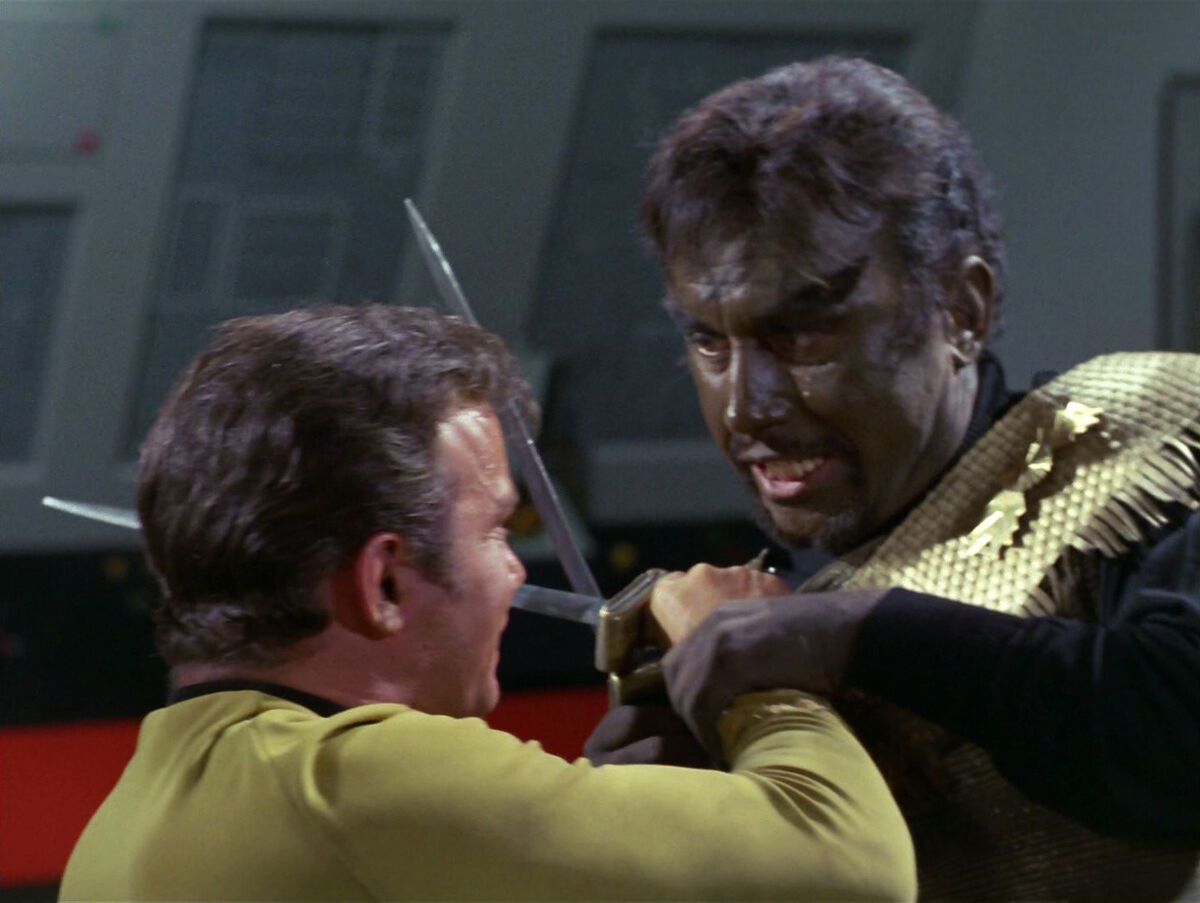
The Star Trek episode “Day of the Dove” is a classic from the Original Series, first aired in 1968. It features Captain Kirk, Spock, McCoy, and others responding to a distress call from a Federation colony on Beta XII-A, only to find no signs of the colony’s existence. Soon, a Klingon ship arrives, led by Commander Kang, and tensions quickly escalate between the two crews. What makes this episode stand out is the introduction of a mysterious alien entity that feeds on hatred and violence, manipulating both sides into endless conflict.
This episode is especially memorable for its portrayal of Klingons as proud warriors valuing honor and courage, setting the tone for their depiction in later Star Trek series. The story is a clear allegory for the futility of war and the destructive power of hatred, reflecting Cold War anxieties of the 1960s. Despite some moments that feel a bit clunky, like the forced humor at the end, the episode delivers a powerful message about the need to overcome hostility and find peace. It’s a compelling mix of action, philosophy, and classic Star Trek optimism.
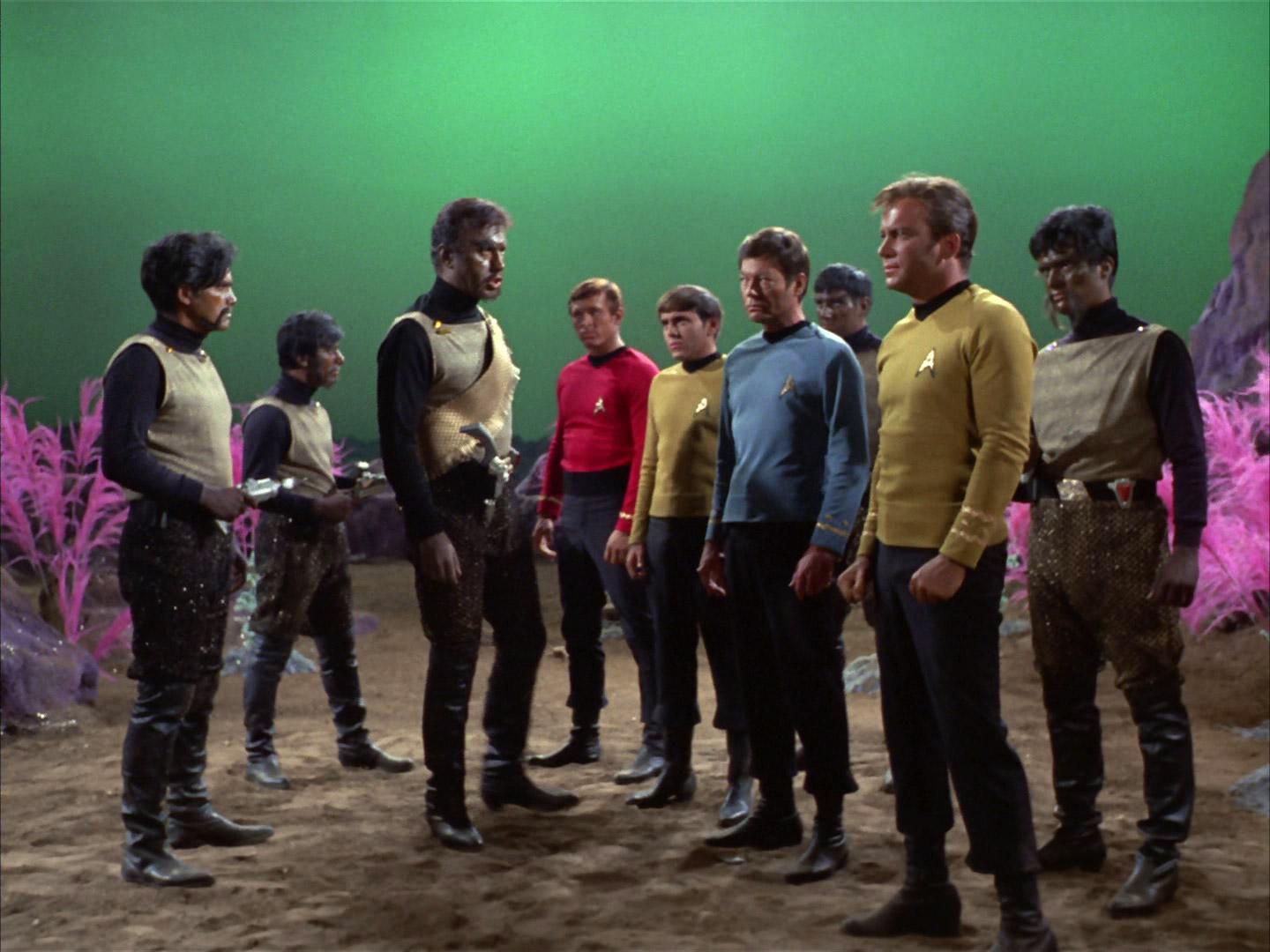
Susan Howard, born Jeri Lynn Mooney in 1944 in Marshall, Texas, is an American actress, writer, and political activist. She is best known for her role as Donna Culver Krebbs on the hit TV series Dallas, where she appeared from 1979 to 1987. Before that, she starred as Maggie Petrocelli in the series Petrocelli, earning nominations for both a Golden Globe and an Emmy for her performance.
Her early career included guest roles on popular shows like Star Trek—where she was the first female Klingon to speak—I Dream of Jeannie, and Mission: Impossible. Beyond acting, Susan Howard also wrote two episodes of Dallas, making her unique among the cast as both an actress and a writer for the show. After her television career, she became active in political causes, particularly conservative ones, and is a member of the Writers Guild of America. Susan Howard’s journey from Texas drama student to acclaimed actress and writer reflects her versatile talents and dedication both on and off screen.
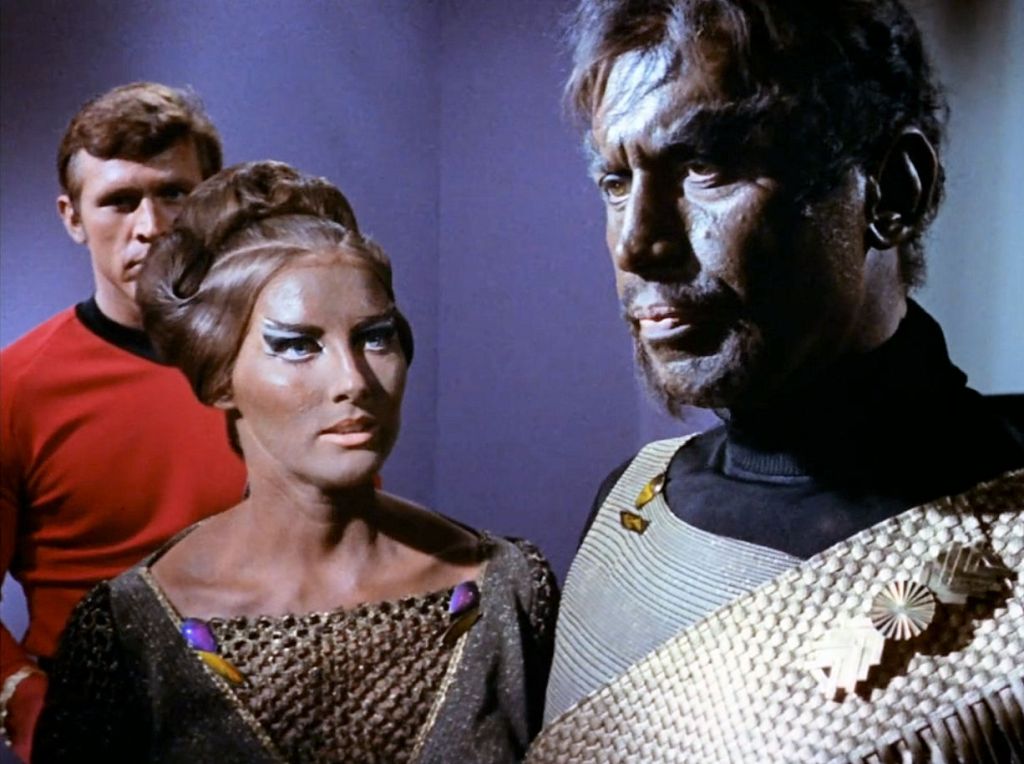
Susan Howard is best known among Star Trek fans for playing Mara, the first female Klingon to appear and speak on the original series. She appeared in the episode “Day of the Dove” as the wife of Klingon Commander Kang, making her role quite memorable since female Klingons were rarely shown at that time. Before Star Trek, she acted in popular 1960s TV shows like “The Monkees” and “I Dream of Jeannie,” and after, she continued with guest roles on series such as “Mission: Impossible.”
Her acting career took a significant turn when she landed a leading role on the legal drama “Petrocelli” in the mid-1970s. However, Susan Howard is perhaps best remembered for her long-running role as Donna Culver Krebbs on the soap opera “Dallas” during the 1980s, where she also contributed as a writer—an unusual accomplishment for a cast member. After her acting career, she became active in conservative politics, working with groups like the NRA and the Texas Republican Party. Her Star Trek role remains a special highlight for fans who appreciate her unique place in the franchise’s history.
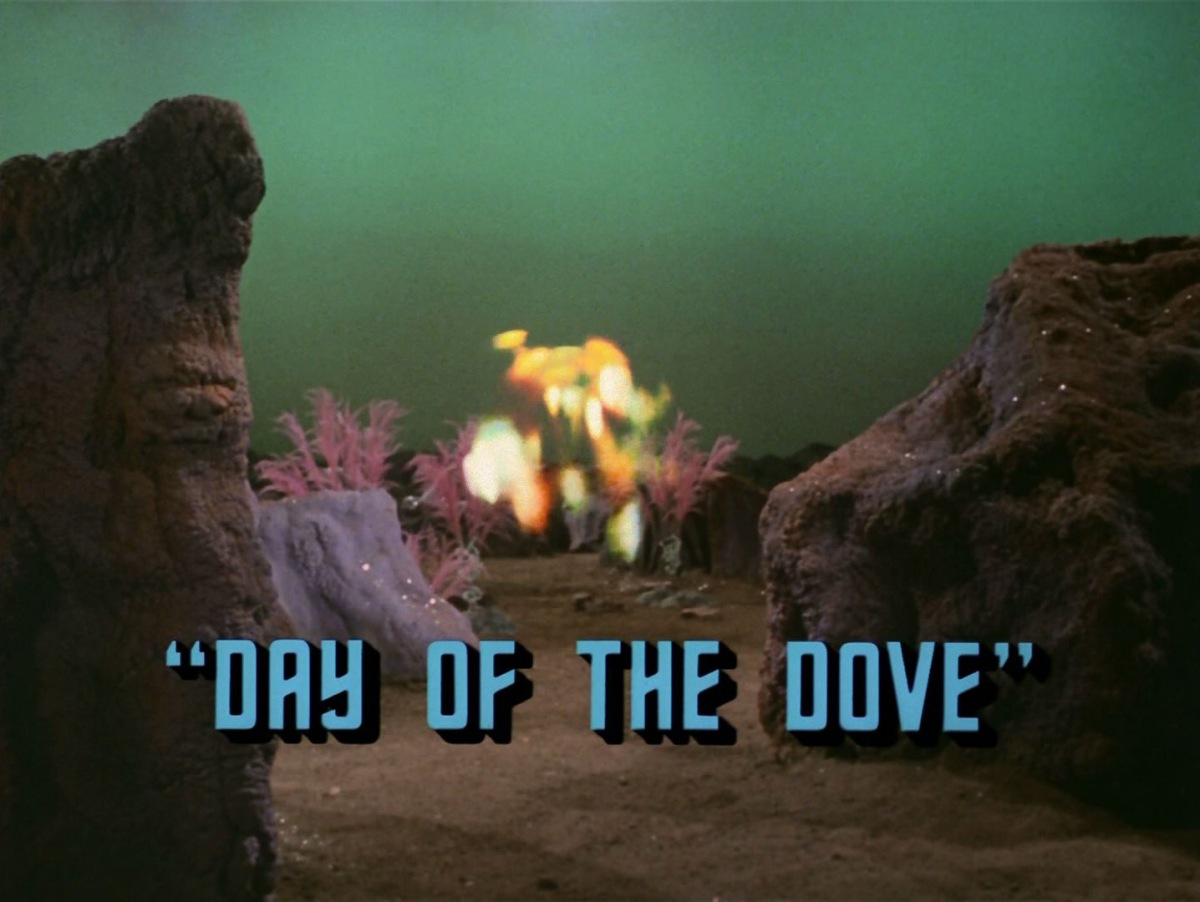
“Let That Be Your Last B…” is a song that carries a powerful message wrapped in emotional storytelling. It explores themes of resilience and the importance of learning from difficult experiences, encouraging listeners to let go of negativity and not repeat past mistakes. The tone is natural and conversational, making it feel like a heartfelt conversation with a friend who’s sharing wisdom gained through tough times. The lyrics often emphasize personal growth and the strength found in moving forward, even when life throws challenges your way. This approach makes the song relatable and comforting, as it acknowledges pain but also offers hope and encouragement. The phrase itself, “Let That Be Your Last B…,” suggests a final boundary or limit—urging people to draw a line under hardship or bad behavior and choose a better path from there. Overall, the song’s friendly and sincere tone invites listeners to reflect on their own journeys and find motivation to keep going with a fresh perspective.
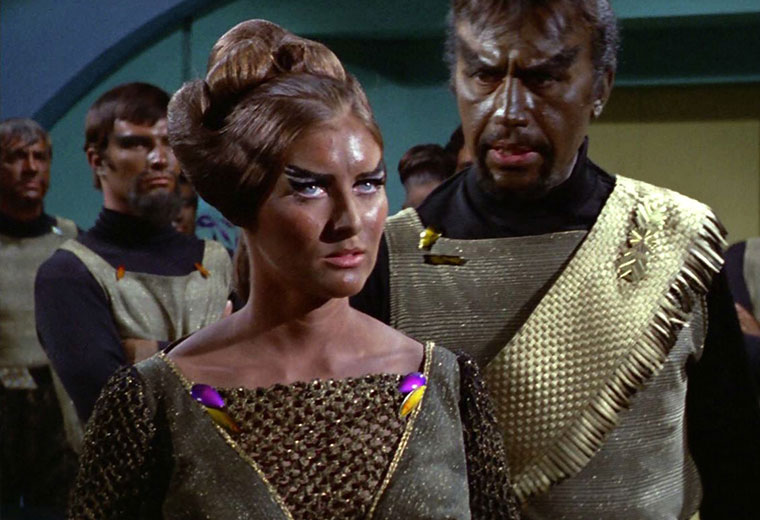
“Wink of an Eye” is a fascinating episode from the third season of Star Trek: The Original Series that explores the concept of time acceleration. The Enterprise responds to a distress call from the planet Scalos, but when Captain Kirk and his team beam down, they find an empty city and soon realize something strange is happening. Crewman Compton mysteriously disappears, and back on the ship, the crew experiences odd malfunctions linked to an alien device attached to the life support system. Kirk then discovers he has been put into a state of hyperacceleration, allowing him to see and interact with the Scalosians, a race living at an incredibly fast pace compared to humans.
The Scalosians, led by their queen Deela, reveal their plan to use the Enterprise crew to solve their reproductive crisis caused by radiation poisoning. Kirk tries to negotiate but faces resistance, leading to a tense and surreal struggle between the two groups. The episode stands out for its imaginative take on time and perception, offering a mix of mystery, science fiction, and even a touch of fairy tale-like charm. Fans often appreciate the clever storytelling and the unique visual effects that show Kirk moving at super speed while others appear frozen.
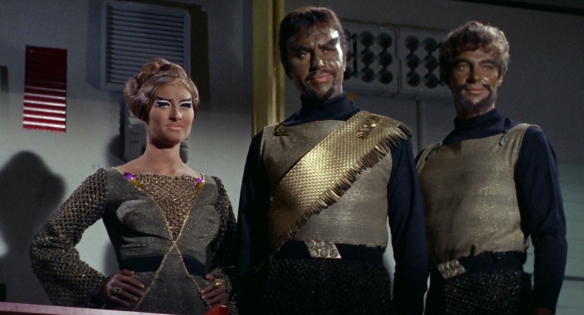
For the World Is Hollow and I Have Touched the Sky is a memorable episode from the third season of Star Trek, first aired in 1968. The story begins when the crew of the Enterprise encounters what appears to be a large asteroid on a collision course with a Federation planet. They soon discover it’s actually a massive, ancient generation ship called Yonada, carrying descendants of a long-lost civilization who believe their hollow world is the entire universe. The people are controlled by the Oracle, a computer that enforces obedience and suppresses the truth about their situation.
Dr. McCoy is diagnosed with a fatal disease during the mission, and he forms a touching bond with Natira, the high priestess of Yonada. Meanwhile, Captain Kirk and Spock work to expose the truth, fight the Oracle’s control, and ultimately save the ship from crashing. The episode explores themes of faith, control, and the search for truth, wrapped in classic Star Trek adventure style. It’s also known for having the longest episode title in the series, which poetically reflects the old man’s realization that “the world is hollow” and he has “touched the sky” by climbing Yonada’s mountains.
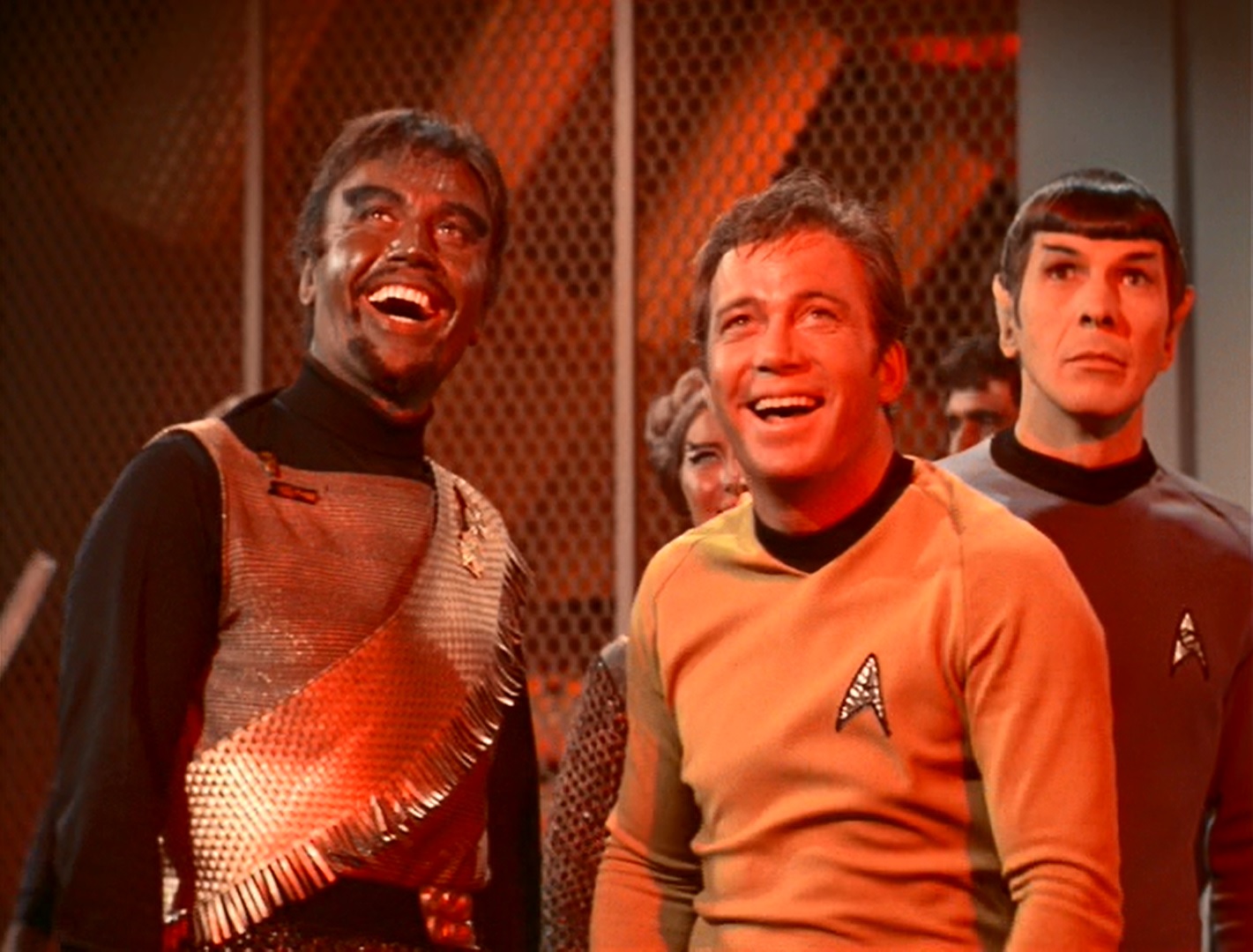
In conclusion, “Star Trek: Day of the Dove” stands as a compelling exploration of the themes of conflict, empathy, and the nature of hostility. By presenting the Klingon-Federation confrontation as a manifestation of deeper psychological forces, the episode challenges viewers to question the roots of animosity and the potential for understanding. The resolution highlights the power of unity and communication, echoing the enduring Star Trek ethos of hope and cooperation. As a thought-provoking narrative, “Day of the Dove” not only enriches the Star Trek universe but also serves as a timeless reflection on the possibilities of peace in a divided world.